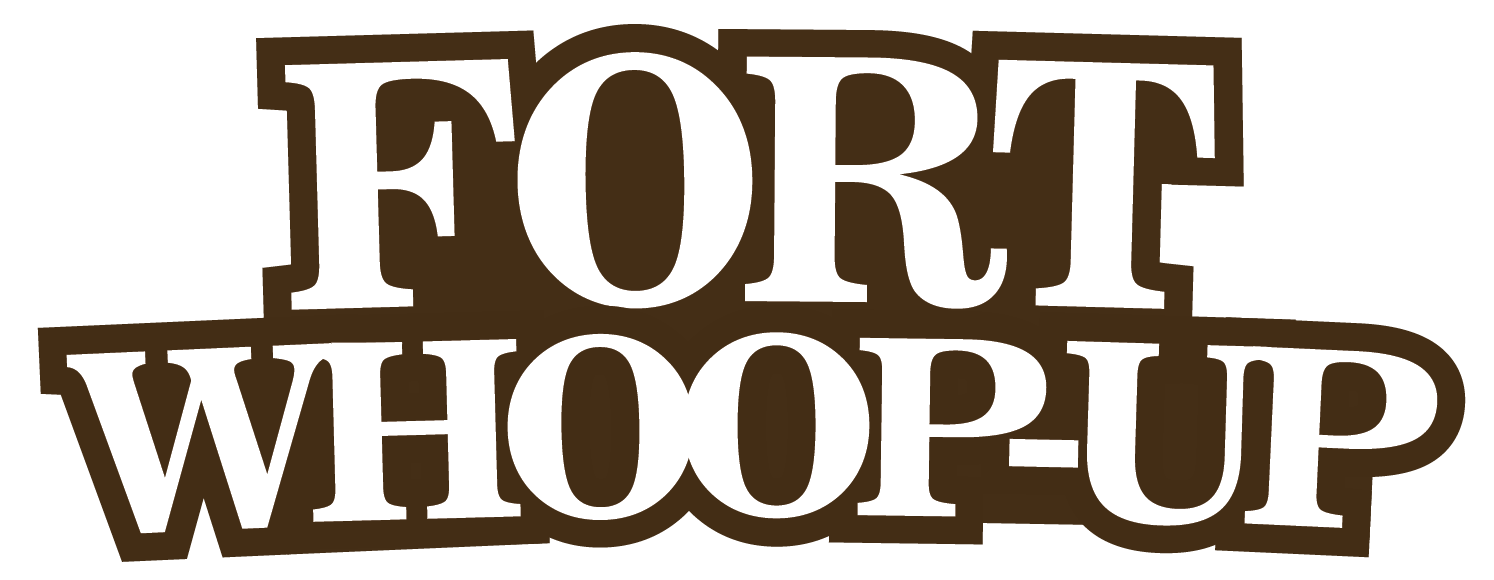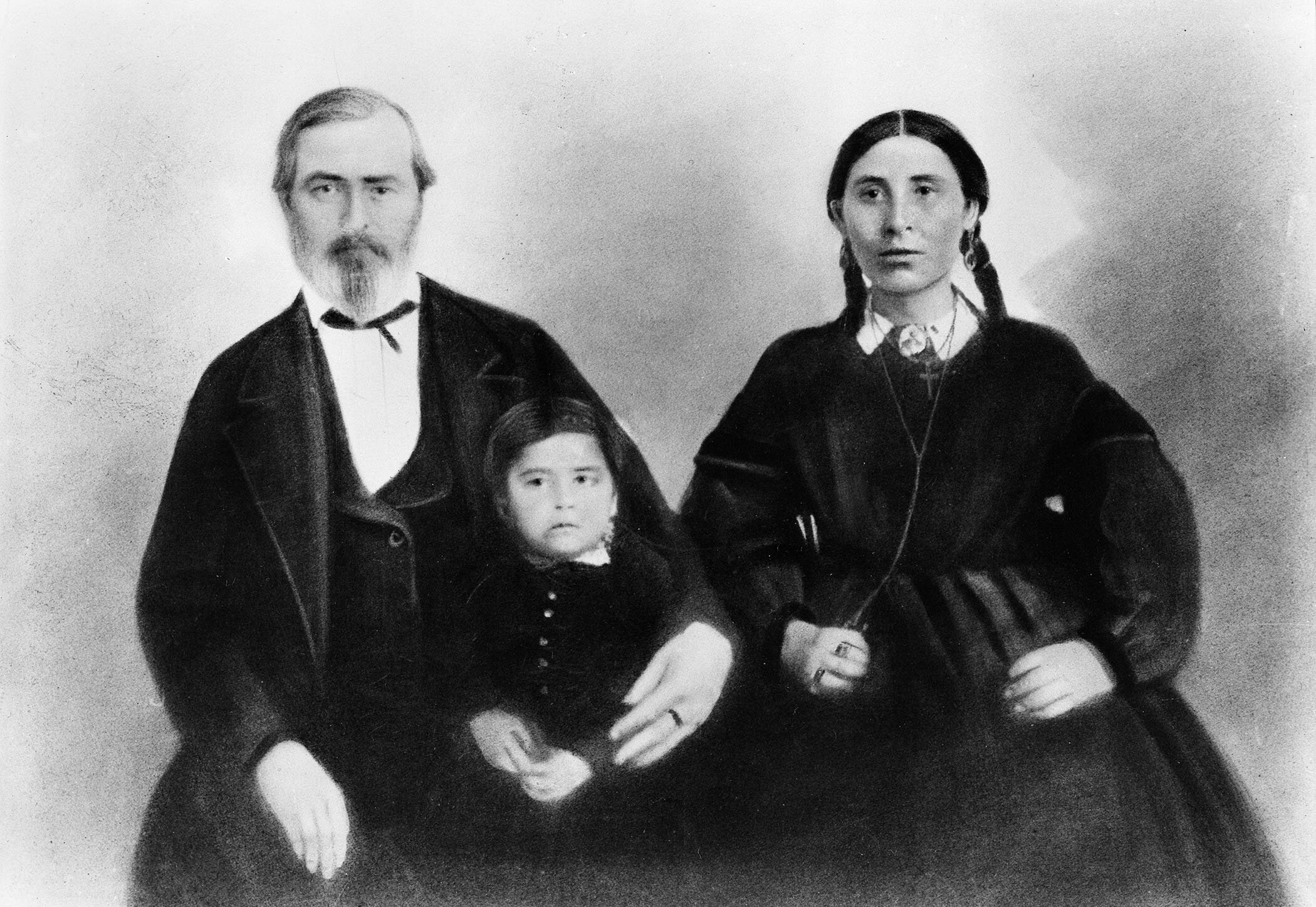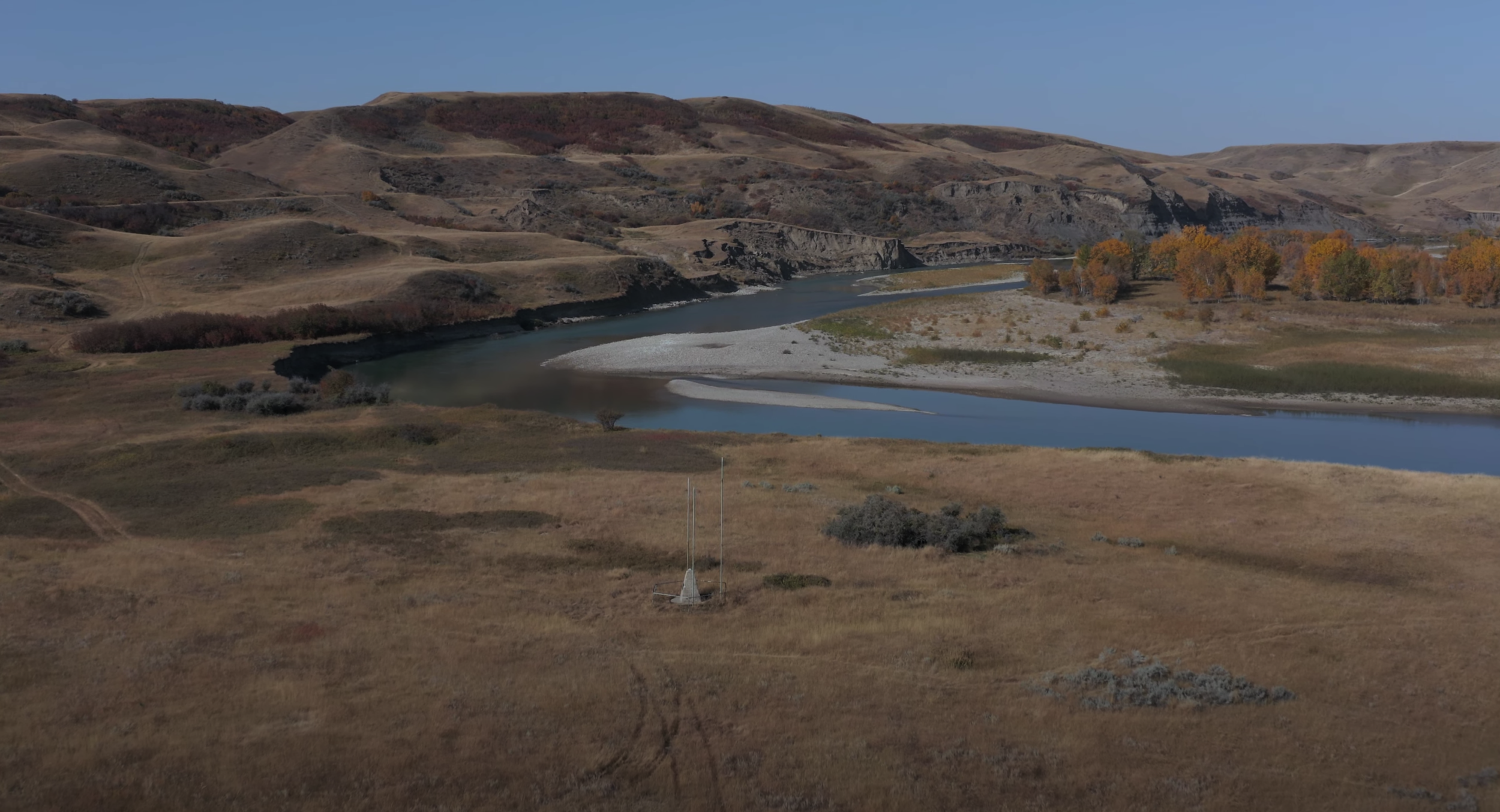Christmas at the Fort
What would visitors at both the modern-day replica and the original Fort Whoop-Up have seen and experienced during the holiday season?
What would visitors at both the modern-day replica and the original Fort Whoop-Up have seen and experienced during the holiday season? Join staff as they explain what historical and modern Christmas experiences at the fort included! From community feasts hosted by Joe Healy to hand-dipping wax candles and making Christmas crackers.
The Galt is grateful to the subject-matter experts delivering online content. As local professionals and knowledge experts, these presenters add valuable contributions to the local discourse; however, their ideas are their own. The people featured in the videos and those behind the scenes followed best practices to protect their health and safety.
Kítao’ahsinnooni (Blackfoot Territory)
Rebecca Many Grey Horses presents an overview of Indigenous history in southern Alberta.
Rebecca Many Grey Horses presents an overview of Indigenous history in southern Alberta. Rebecca has facilitated Indigenous history classes here at the Galt for the past two years, bringing in local experts, knowledge keepers and Elders to educate large groups of learners.
The video features many archival images. You can find more information about the photos on our database website at https://collections.galtmuseum.com.
The hand-drawn map of traditional Blackfoot territory can be purchased for $10 by contacting Mary Weasel Fat, Librarian and Elders Coordinator at 403.737.4351.
The Galt is grateful to the subject-matter experts delivering online content. As local professionals and knowledge experts, these presenters add valuable contributions to the local discourse; however, their ideas are their own. The people featured in the videos and those behind the scenes followed best practices to protect their health and safety.
Sacred Niitsitapi Sites
Southern Alberta is traditional Niitsitapi, or Blackfoot, territory. Rebecca Many Grey Horses discusses the importance of several sites including Chief Mountain, Crowsnest peak, Devil's Thumb, the Sweetgrass Hills, Writing on Stone, Head-Smashed-In Buffalo Jump, as well as the significance of medicine wheels and tepee rings.
Southern Alberta is traditional Niitsitapi, or Blackfoot, territory. Rebecca Many Grey Horses discusses the importance of several sites including Chief Mountain, Crowsnest peak, Devil's Thumb, the Sweetgrass Hills, Writing on Stone, Head-Smashed-In Buffalo Jump, as well as the significance of medicine wheels and tepee rings.
The Galt is grateful to the subject-matter experts delivering online content. As local professionals and knowledge experts, these presenters add valuable contributions to the local discourse; however, their ideas are their own. The people featured in the videos and those behind the scenes followed best practices to protect their health and safety.
Ákáí’nissko (Many Deaths Place)
Niitsitapi used the area at the junction of the St. Mary and Belly, or Oldman, Rivers as a winter camp. The site was located along part of a traditional migration route known as the Old North Trail. It was known as Ákáí’nissko (Many Deaths Place).
The Milky Way from Cottowood Park in Lethbridge looking west toward the location of Ákáí’nissko and the original site of Fort Whoop-Up.
Photo by Graham Ruttan
Niitsitapi used the area at the junction of the St. Mary and Belly, or Oldman, Rivers as a winter camp. The site was located along part of a traditional migration route known as the Old North Trail. It was known as Ákáí’nissko (Many Deaths Place) after a smallpox epidemic in 1837 killed up to two-thirds of the Blackfoot people and was marked by many closed stone rings.
When tepees are set up, the base of the tepee is secured and protected from the wind by piling stones around the circular base of the tepee, with an opening in the ring for the door of the tepee. When people die in a tepee, the ring of stones is closed. The closed stone rings at Ákáí’nissko mark the places where people died of smallpox.
Trail Riders of the Canadian Rockies
Travel Alberta
In early 1870, Kainai leader Aka’kitsipimi’otas (Many Spotted Horses) gave permission to two American free traders, Alfred B. Hamilton and John J. Healy, to set up a trading post in Ákáí’nissko. A photograph taken by William Hook in April 1879 shows tepees to the east of Fort Whoop-Up with the proprietary designs of Aka’kitsipimi’otas.
Hamilton and Healy built a small trading post they initially called Fort Hamilton. This initial building was a simple 60-foot square structure with six rooms. The traders made huge profits in their first season and decided to expand into a larger and more permanent fort. After the first trading season, that initial structure was badly damaged by fire, and the new structure was built a short distance away. The construction of the new fort, which came to be known as Fort Whoop-Up, started later in 1870 and took about two years to complete.
2020 marks 150 years since Fort Whoop-Up was established. You can learn more about the history of the fort at https://fort.galtmuseum.com.
Tepee rings near Carmangay, Alberta.
Robert Strusievicz on Flickr
Fort to Welcome Visitors Starting June 30
Fort Whoop-Up will once again open its gates to visitors on June 30, 2020, albeit, in a socially distanced, COVID-19 conscious fashion.
For immediate release
Fort Interpreter Harrison Red Crow gives a guided tour to two guests.
Lethbridge—Fort Whoop-Up will once again open its gates to visitors on June 30, 2020, albeit, in a socially distanced, COVID-19 conscious fashion.
“We are absolutely thrilled to welcome visitors back to Fort Whoop-Up,” says CEO/Executive Director Darrin Martens. “Reopening the Galt Museum & Archives has given us a lot of experience on how to reopen safely. We have hired our summer staff, and our whole team has been carefully planning how to ensure that the fort is as safe as possible.”
As with admission to the Galt, the fort has implemented ticketed admission. The tickets are the price of a regular adult admission, and visitors should purchase them on the fort’s website before arriving. The cost of admission includes a guided tour of the fort and a horse-drawn wagon ride through the river valley.
“Our online ticketing uses the same award-winning system that we launched earlier in the year for our school class bookings,” says Martens. “Each time slot has ten tickets available, and those will be available on a first-come, first-served basis.”
Tickets are available for time slots between 10 am to 5 pm on Tuesday through Saturday and between 1 pm to 5 pm on Sundays. The fort will be closed to the public on Mondays for a more thorough cleaning. The fort will maintain a capacity of only ten visitors per time slot to ensure that visitors have an extraordinary experience and follow social distancing guidelines. Guests must explore the fort as part of their personal guided group tour and they can hop on a wagon ride through the valley after the tour through the fort.
Fort Interpreter Harrison Red Crow gives a guided tour to two guests.
“We will be offering food, beverages and ice cream to walk-up visitors through our service window just inside the Fort’s main gates,” says Site Coordinator Natasha Gray. “We are asking customers and visitors to use cashless payment systems whenever possible to minimize physical interaction with our staff. Because the store area of the fort has relatively little space, we will be limiting visitors to the store to only six individuals to help maintain social distancing.”
“2020 is the 150th year since the original construction of Fort Whoop-Up. We had many plans to commemorate that anniversary with the community and reflect on the impact the fort has had on Indigenous communities and traditional ways of life in southern Alberta,” says Martens. “We are committed to sharing the rich history of our communities in southern Alberta, and we will announce further plans for special events at the Fort over July and August.”
Tickets to the fort can be purchased at fort.galtmuseum.com/visit.
—30—
This media release can be found at fort.galtmuseum.com/articles.
Media Contacts
Graham Ruttan (he/him)
Marketing and Communications Officer
graham.ruttan@galtmuseum.com
403.320.4009
Finding Fort Whoop-Up
Much more of the story of Fort Whoop-Up has been lost to time, people and natural events.
Drone footage of the cairn and empty flag poles at the original site of Fort Whoop-Up.
In the fall of 2012, the exhibit at the Galt Museum & Archives Uncovering Secrets: Archaeology in Southern Alberta highlighted 15 sites and features, telling human stories found under the soils and across the landscape of the area, including the original Fort Whoop-Up.
By the late 1800s, buffalo hides used for warm coats and strong industrial belts became the major item of trade on the western plains. Between 1869 and 1874, there was no official Canadian presence preventing American traders from building Fort Hamilton and then, after Fort Hamilton burned down, from building Fort Whoop-Up nearby. There was no official presence preventing them from trading whiskey, guns, knives, blankets, beads, and food items with the Niitsitapi, or Blackfoot, in exchange for valuable bison robes.
With the arrival of the North West Mounted Police (NWMP) in 1874, most of the whiskey traders quit the business. From 1876 until 1888, when a fire destroyed much of the fort, the NWMP rented space to use as an outpost.
The site of the fort was surveyed and excavated by different archaeology teams in the 1970s, the 1980s and the 1990s.
The first team found the remains of a corner bastion, some segments of the original walls, as well as a stone-lined well.
The second team found a stable, a storeroom, and living quarters. They recovered some food-related artifacts and a variety of medicinal bottles used for personal alcohol consumption.
An archaeology team from the University of Lethbridge verified the dimensions of the fort and found charred soil, which confirmed that the 1888 fire had occurred in the NWMP quarters. The team excavated the trade room, uncovering buttons, ammunition, brass beads, and tacks. They also excavated trenches to determine the outline of the palisade surrounding the fort’s compound.
Much of the story of Fort Whoop-Up has been lost. Time literally eats away at items made of leather, wood, and other organic materials. Floods and loooting at the site has removed much of the material evidence of the fort.
Some artifacts related to Fort Whoop-up and other archeological sites are included in the collections at the Galt Museum & Archives at collections.galtmuseum.com.















Rebecca Many Grey Horses presents an overview of Indigenous history in southern Alberta.